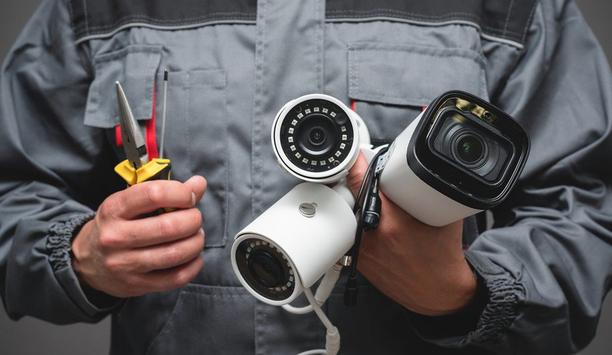We encounter AI with increasing frequency, both online and in the media. AI has penetrated deep into various aspects of our lives, from TV sets that improve picture quality using AI, or air conditioners with automatic temperature and humidity control, to investment management services that predict return rates.
AI technology first appeared in the 1950s and was briefly revived in the 1980s before falling off the radar. In the late 2000s, AI re-emerged and went on to become a key technology and driver in the IT industry. In order to learn and adapt, AI technology required a large amount of data, which was difficult to collect in the pre-2000s. By the late 2000s, things began to change. Large quantities of data began accumulating on the cloud, propelled by the Internet, smart phones, and the emergence of cloud-based services.
The emergence of the Internet of Things (IoT) accelerated data collection and has led to explosive growth in AI technology. Data collected through the IoT and smart phones were sent to cloud platforms and used for AI, leading to drastic industrial changes. These industrial changes have been dubbed the "Fourth Industrial Revolution", Industry 4.0.
Physical security dilemma
For the physical security industry, which handles access control and video surveillance via IT systems, security has always been accompanied by inconvenience and inefficiency. Greater security comes with a greater number of procedures that cause inconvenience and inefficiency for individuals partaking in them.
The industry has traditionally opted to enhance security by making thousand of people go through additional steps in order to prevent one person from causing an issue. The challenge for companies and the security industry has long been striking a balance between security enhancement and efficiency.
Future changing with Industry 4.0
Industry 4.0 is the key to solving the physical security dilemma. If we can allocate more resources to parts of organisations with higher security risks, or if we can recognise a sign of security error in advance and respond accordingly, then we will be able to enhance security without compromising convenience and efficiency. AI can be used to recognise irregular patterns and isolate parts with a high probability of security breach
Smart operations such as these are possible when AI is trained against a large data source. If we can collect access and movement information through access records and the RTLS (Real-time Location System), and train the AI using the access and movement patterns of individuals, the AI can be used to recognise irregular patterns and isolate parts with a high probability of security breach.
AI to access the movement patterns
We can also use AI to study the access and movement patterns after security incidents occur. This means that further down the line if the same pattern should be detected, the AI can automatically take the appropriate actions to prevent the security breach. These are just some of the possibilities when AI is trained against accurate access, movement and location data, collected in the cloud from access control devices and RTLS devices.
RTLS-based location tracking has already been commercialised. This technology is already being used to track patients in larger hospitals and for indoor navigation services in big shopping malls. In addition, access control, which core of the physical security industry, has already moved onto the cloud. The cloud-based access control market is showing a growth rate of 26.8%, three times that of the general access control market. Cloud-based access control service providers including Brivo and Kisi are leading this growth. An Industry 4.0 platform for the physical security industry is already emerging with data being collected for cloud storage and training AI.
Inside Industry 4.0
Simply put, the industrial revolution is a change in the way we create exchangeable value, a change in the way we make money. AI trained on big data has already begun to surpass the limitations of human judgment. AI-based cloud service solutions now offer a new value that on-premise solutions based on human judgment simply cannot provide.
Industry 4.0 for the physical security industry is still in its infancy, and that’s why the Suprema R&D team is developing cloud-based physical security services that are more convenient, efficient, and secure with the help of AI technology.








